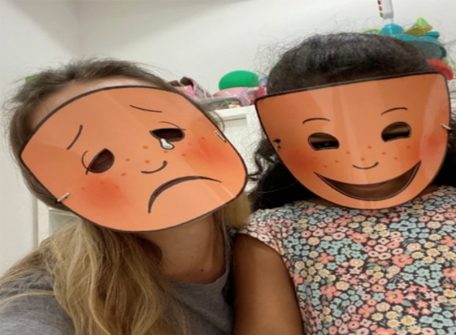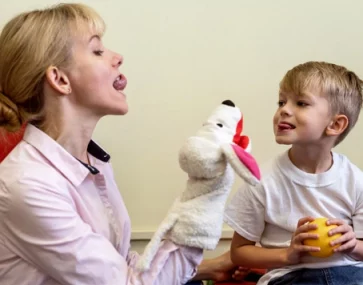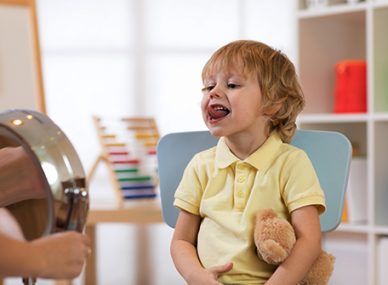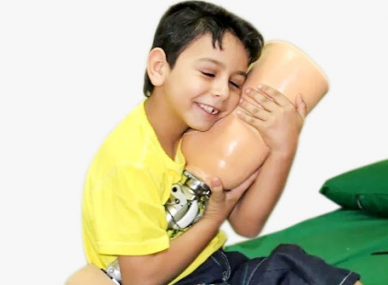Sad, happy, nervous, angry, worried, embarrassed… All of us experience at least one of these feelings throughout the day.
We should always remember that not only adults deal with different complex feelings but also kids do!
The only difference is the way of managing and expressing these feelings. Kids usually do it in inappropriate way like tantrums, outbursts, and meltdowns.
Parents play a crucial role in helping their kids learn how to identify, express, and manage their feelings in positive and constructive ways.
Not only do children have to identify and cope with their feelings, but they also need to relate and respond appropriately to other people’s feelings.
Teaching children about feelings and emotions is essential as it contributes to their social-emotional development and their ability to build relationships.
In fact, kids who acquire these “skills” are more likely to:
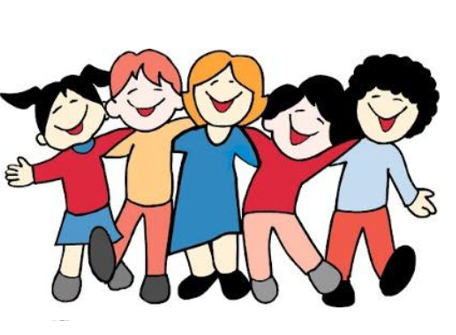
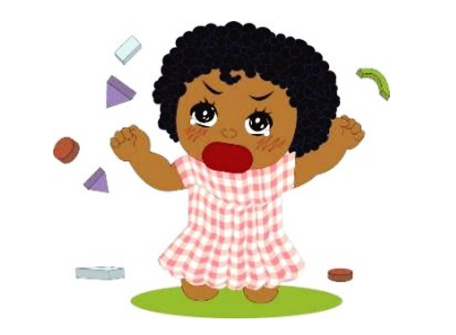
Have more positive relationships Display fewer behavioral problems
with others
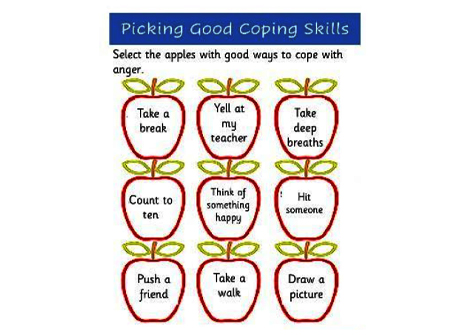
Develop resilience and coping skills
You can find below some tips to help children understand, express, and respond to feelings:
- Teach the child to recognize and identify different feelings. You can do it by naming and discussing emotions when they occur. For instance, if a child is happy, you can say “I see you are happy! You are smiling.”
- Help the child recognize and understand other people’s feelings through activities like seeing pictures and reading stories where characters experience different feelings. It is also important to explain why they are feeling this way.
- Teach the child how to respond to other people’s feelings through role play scenarios. During role play, you can identify and name the feelings, describe body language, mime different facial expressions, and discuss possible and appropriate ways to respond to these feelings.
Maria El Hajj
Trilingual Speech Therapist
Masters in Speech therapy


